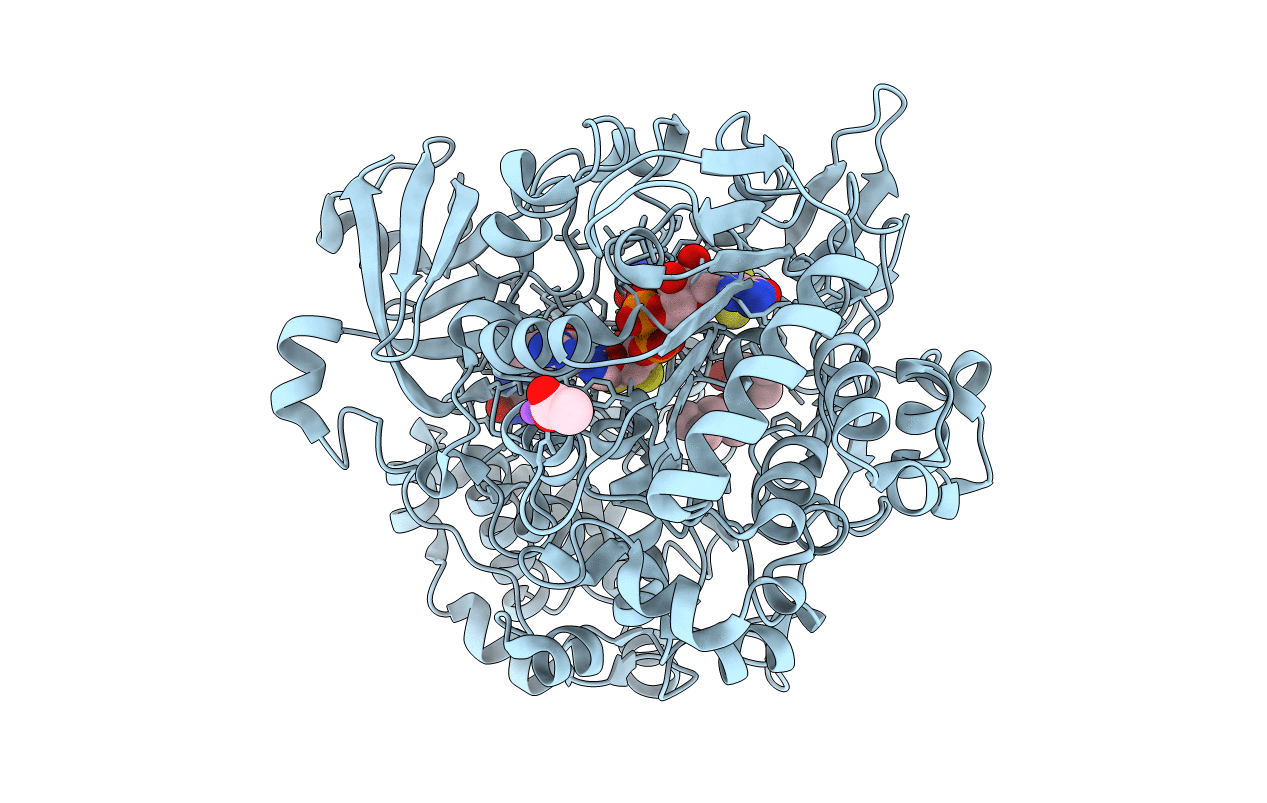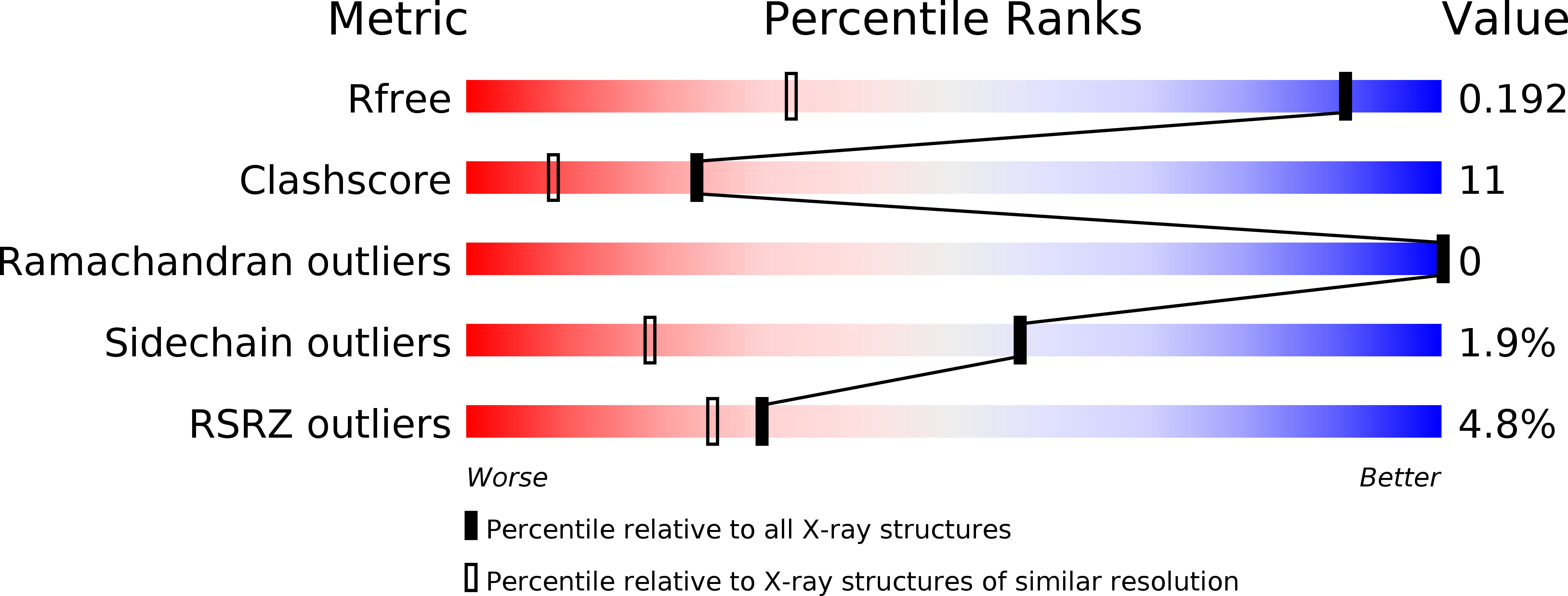
Deposition Date
2007-01-15
Release Date
2007-02-27
Last Version Date
2024-12-25
Method Details:
Experimental Method:
Resolution:
1.26 Å
R-Value Free:
0.19
R-Value Work:
0.15
R-Value Observed:
0.16
Space Group:
C 1 2 1


